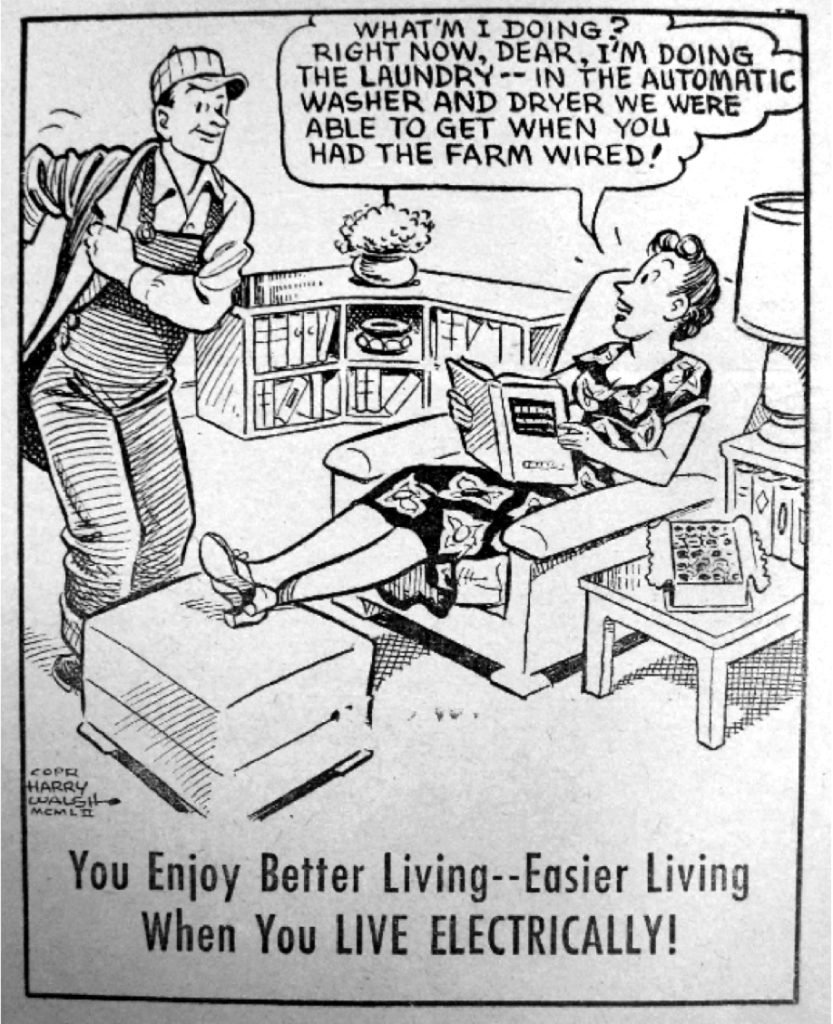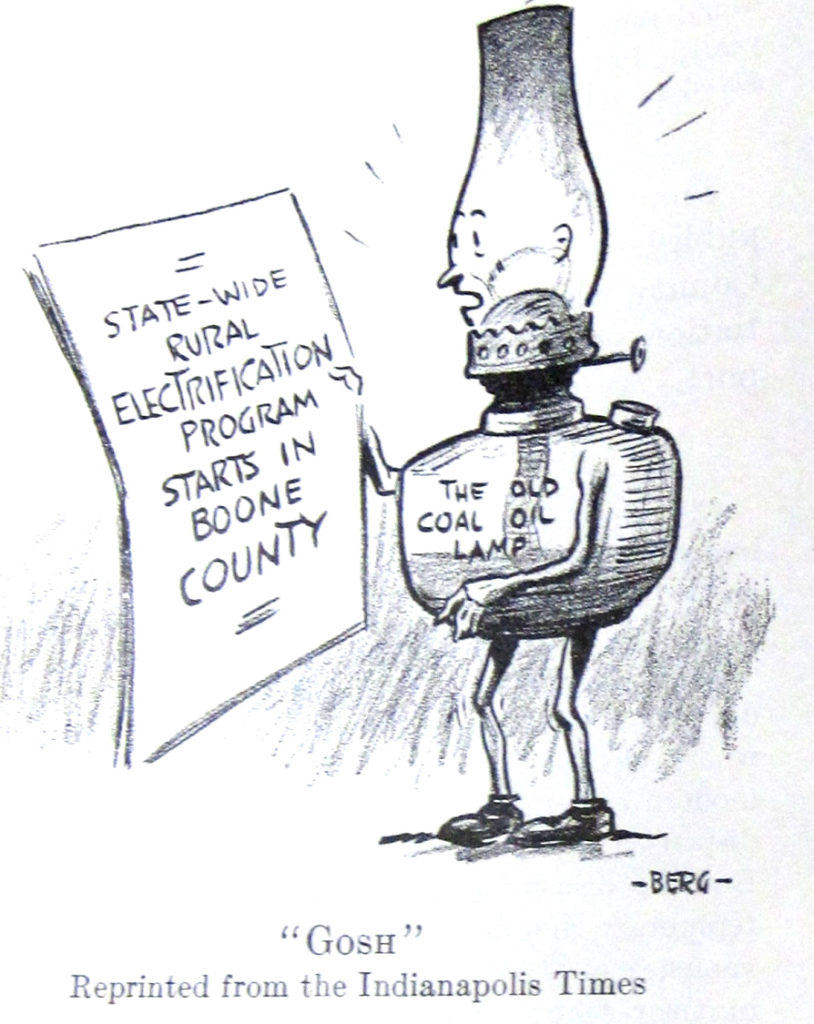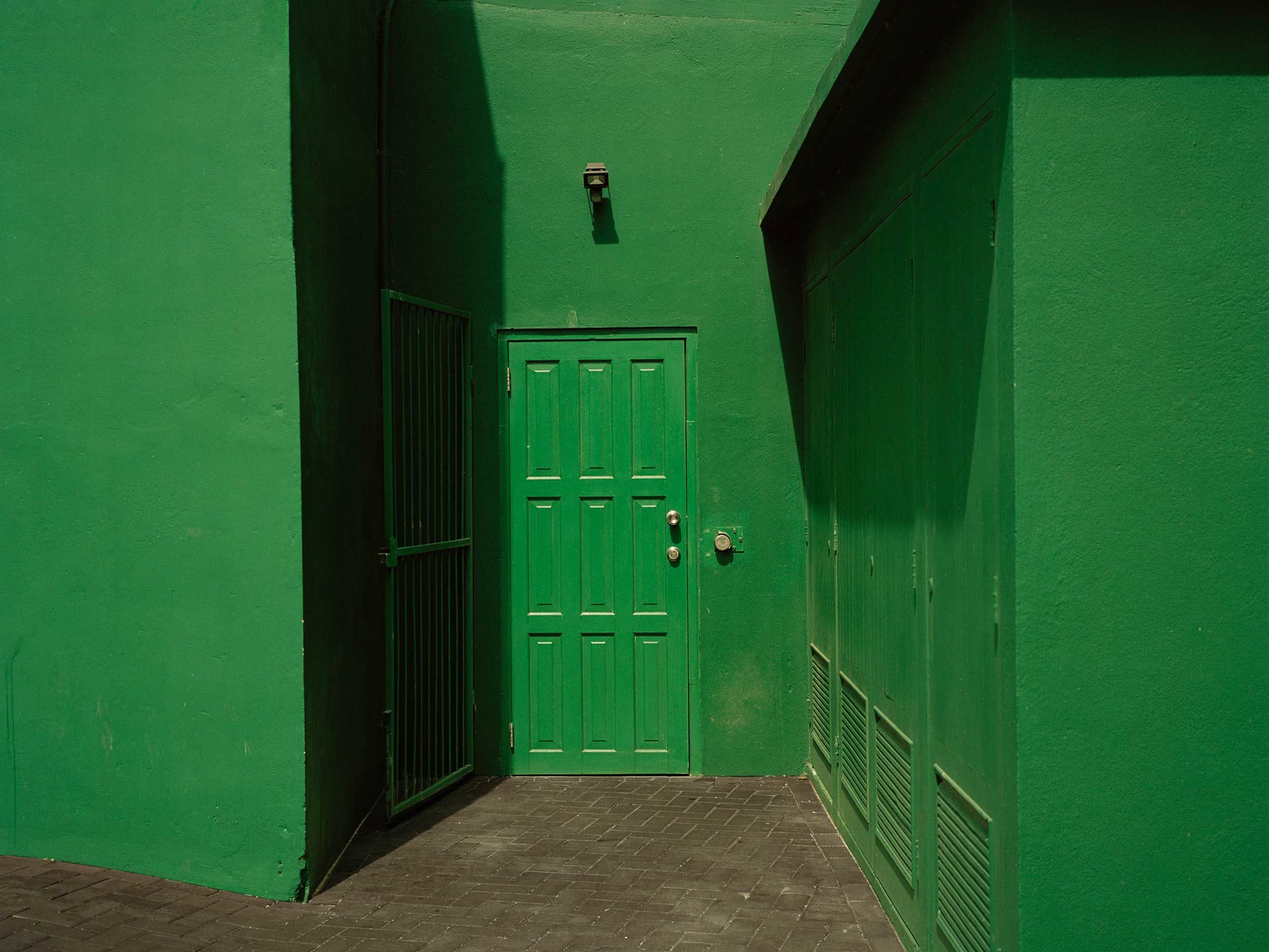It is difficult to discuss the ongoing consequences of climate change without discussing its relationship to the history and current implementation of urban planning policy. Understanding our ecological and built environments is not simply a matter of technical knowledge and expertise; it also depends on recognizing the role that political and social infrastructures—in urban, suburban, and rural settings—have played leading up to the present-day crisis. Through her research, Dr. Abby Spinak—a lecturer in urban planning and design at Harvard’s Graduate School of Design—grapples with these issues as she focuses on the history of energy infrastructures and what it can tell us about the relationship between planning, design, and climate change mitigations.
After receiving her PhD in urban planning from MIT’s Department of Urban Studies and Planning, Spinak held fellowships in the History of American Capitalism and the Energy Humanities. While working on her dissertation, she began to think deeply about what it means to protect local cultures, investigate alternative economies, and practice good environmental stewardship. She explains, “My time as a graduate student was influenced by climate change on one end and the economic recession on the other. As climate change was becoming a problem, coupled with market collapse, I found myself gravitating toward an area of study that was very critical of capitalism while asking about alternative economies and alternative approaches to work and labor.”

Spinak’s research resonated further with her own experience when she discovered that her family had belonged to an energy cooperative on Maryland’s Eastern Shore for years. They bought electricity from the co-op, but didn’t know that they could vote or have a say in energy policy. Networks of these cooperatives have existed in the United States for more than 80 years; and the model provided fertile ground for contemplating the radical social possibilities that could emerge from organizing energy resources in this way. What might democratic community ownership of electricity mean for our ability to address climate concerns? “I was curious about whether or not this was a latent landscape of democracy that was governing energy resources that had potential for being a bigger player in the new economy,” Spinak says. “I found very quickly that the answer was no,” she notes. Many of these co-ops, the result of New Deal funding, are quite conservative in nature. Spinak argues that tracing the loan constraints originally placed on these co-ops linked them more to the expansion of industrial agriculture and federal support for suburban and ex-urban development than to protection of the local farming communities that were intended to be the policy’s primary beneficiaries.
At its root, planning implies that we need something other than the market to govern society and action—a belief that is pretty counterculture in American society right now.
on the opportunity for planners to challenge epistemologies surrounding climate change
So understanding the historical archive is central to Spinak’s work as a scholar and educator. “One of the reasons that I think teaching history to planners is so important is that it demystifies existing institutions, the existing built environment, and the existing model for infrastructure delivery. There is nothing sacred about the status quo,” Spinak says. Planning can be reparative and experimental, and a close reading of history reveals this, just as it reveals the gaps and chasms of precedents. What’s more, a study of history encourages confronting multivalent, and, at times, opposing, problem-solving strategies within a wider discourse on climate change.

Given the reality of multiple markers of crises along various historical timelines, it becomes important to examine our visions for the future in this moment of widespread global change and to understand the possible impacts of any revisions. In this context, Spinak’s research into energy infrastructure invites reflection upon the potential political transformations that can occur within hyperlocal contexts.
For Spinak, reparative planning is a marriage of theory and practice—an emphasis that she brings into the classroom: “What I’m more concerned about is, How does it translate? Are my students actually taking this and doing something with it?” She offers the example of one of her students, Jennifer Matchett, who is currently working with an indigenous community in the Yukon to design solar energy projects within the frameworks of indigenous knowledge. Rather than appropriating the “best practices” of a solar industry informed by settler colonialism, this community is envisioning how a new solar grid—one that functions within its own regional economy—becomes a technology that supports local indigenous governmental and social infrastructures.
“At its root,” Spinak says, “planning implies that we need something other than the market to govern society and action—a belief that is pretty counterculture in American society right now.” Planners have the opportunity to challenge epistemologies surrounding climate change; they can weigh in on matters of social and economic justice, not just on scientific or technical factors such as carbon emissions. They must confront the social outcomes of ecological instability: Think the slow disappearance of coastal communities. Her current course, Climate Justice, addresses these issues by looking at climate change as a symptom of broader structural inequality and enduring geopolitical violence.
Spinak believes in the radical role that planners can play: “One of the applications I see of my research at the GSD is its ability to teach people to be more critical of the historical dependencies that have constructed the world around them and to know that if they change things, they are not disrupting this perfect logic, but trying something new. That’s all design and planning has ever been.”
